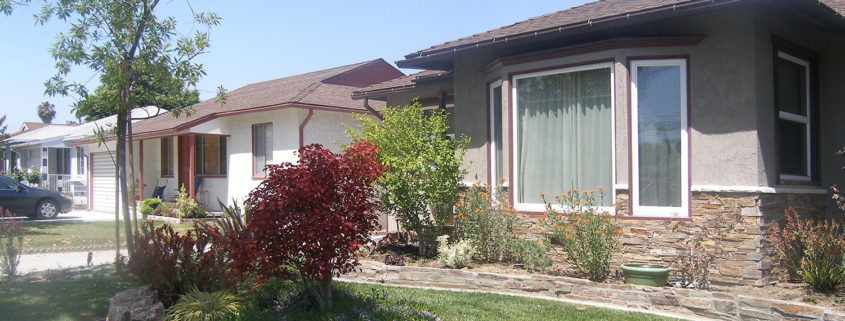The Future of America’s Suburbs Looks Infinite
Just a decade ago, in the midst of the financial crisis, suburbia’s future seemed perilous, with experts claiming that many suburban tracks were about to become “the next slums.” The head of the Department of Housing and Urban Development proclaimed that “sprawl” was now doomed, and people were “headed back to the city.”
This story reflected strong revivals of many core cities, and deep-seated pain in many suburban markets. Yet today, less than a decade later, as we argue in the new book that we co-edited, “Infinite Suburbia,” the periphery remains the dominant, and fastest growing, part of the American landscape.
This is not just occurring in the United States. In many other countries, as NYU’s Solly Angel has pointed out, growth inevitably means “spreading out” toward the periphery, with lower densities, where housing is often cheaper, and, in many cases, families find a better option than those presented by even the most dynamic core cities.
Reality check: What the numbers say
Less than a decade since the housing crisis, notes demographer Wendell Cox, barely 1.3 percent of metropolitan regions live in the urban cores we associate with places like New York City, Boston, Washington or San Francisco.
Counting the inner ring communities built largely before 1950, the urban total rises to some 15 percent, leaving the vast majority of the population out in the periphery. More important still, the suburban areas have continued to grow faster than the more inner-city areas. Since 2010, the urban core has accounted for .8 percent of all population growth and the entire inner ring roughly 10 percent; all other growth has occurred in suburban and exurban areas.
Much of this has been driven by migration patterns. In 2016, core counties lost roughly over 300,000 net domestic migrants while outlying areas gained roughly 250,000. Increasingly, millennials seek out single-family homes; rather than the predicted glut of such homes, there’s a severe shortage. Geographer Ali Modarres notes that minorities, the primary drivers of American population growth in the new century, now live in suburbs. The immigrant-rich San Gabriel Valley, the Inland Empire, Orange County and their analogues elsewhere, Modarres suggests, now represents “the quintessential urban form” for the 21st century.
Read the entire piece at The Orange County Register.
Joel Kotkin is the Roger Hobbs Distinguished Fellow in Urban Studies at Chapman University and executive director of the Houston-based Center for Opportunity Urbanism. His newest book, The Human City: Urbanism for the rest of us, was published in April by Agate. He is also author of The New Class Conflict, The City: A Global History, and The Next Hundred Million: America in 2050. He is executive director of NewGeography.com and lives in Orange County, CA.
Alan Berger is Professor of Landscape Architecture and Urban Design at Massachusetts Institute of Technology where he teaches courses open to the entire student body. He is founding director of P-REX lab, at MIT, a research lab focused on environmental problems caused by urbanization, including the design, remediation, and reuse of waste landscapes worldwide. He is also Co-Director of Norman B. Leventhal Center for Advanced Urbanism at MIT (LCAU).
Photo: Laurie Avocado, via Flickr, using CC License.



